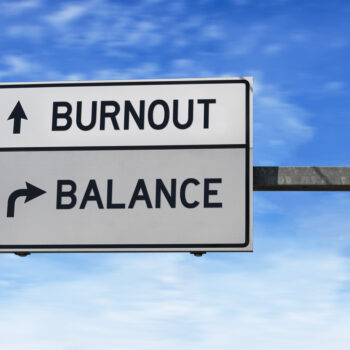Are you feeling overwhelmed, exhausted, and emotionally drained? You might be experiencing burnout. Burnout is a state of physical, emotional, and mental exhaustion caused by prolonged stress and often affects individuals who are passionate about their work or responsibilities. However, it’s essential to recognize the signs of burnout and take proactive steps to manage it before it affects your overall well-being.
Manage Your Daily Productive Window:
Identify your most productive hours during the day and prioritize your tasks accordingly. By aligning your most demanding tasks with your peak productivity times, you can optimize your performance and reduce the risk of burnout. Remember to schedule regular breaks to rest and recharge.
Minimize Daily Stressors and Hassles:
Take inventory of your daily stressors and identify areas where you can make positive changes. Whether it’s setting boundaries with work or prioritizing self-care activities, find ways to reduce unnecessary stress in your life. Practice mindfulness techniques such as meditation or yoga to help you stay grounded and centered amidst life’s challenges.
Place It in Perspective:
It’s easy to get caught up in the day-to-day stressors and lose sight of the bigger picture. Take a step back and evaluate your priorities and goals. Are you overcommitting yourself? Are there areas where you can delegate or ask for help? By placing your current situation in perspective, you can gain clarity and make informed decisions to prevent burnout.
Do Not Force Yourself Through It:
Recognize when you need to take a step back and prioritize your well-being. Pushing yourself to the brink of exhaustion will only exacerbate burnout. Allow yourself to rest and recharge, whether it’s taking a mental health day or engaging in activities that bring you joy and relaxation. Remember, self-care is not selfish; it’s essential for your overall health and well-being.
Remember, managing burnout is a journey, not a destination. By implementing these strategies and seeking support when needed, you can overcome burnout and cultivate a life of health, happiness, and fulfillment.


